Fast-forward to today and design can no longer be described so simply, having since evolved into something far more reaching and impacting so many aspects of our everyday lives. From how we listen to music, watch our favourite programmes or communicate with our friends, design helps ensure that experiences take place as intended. Service design, like many other design fields, plays an important role in this experience revolution. Zooming out from the details to establish an understanding of the total experience, the practice orchestrates the design of the individual elements of the experience to ensure it adds genuine value for the user and ultimately makes business-sense for the provider. Empathetic in approach yet strategic in execution, service design adds a fresh dimension of thinking to how businesses work by encouraging a holistic perspective and co-creative mindset. With that being said, it does call into question, with such attractive outcomes, why do service designers continue to struggle to find organisations willing to invest in their services?

Creating an inclusive company culture by Menlo Park
We caught up with Max Masure, a New York based, community-centered UX Researcher and author; discussing their career in tech and their work towards making the world a more inclusive space for everyone.



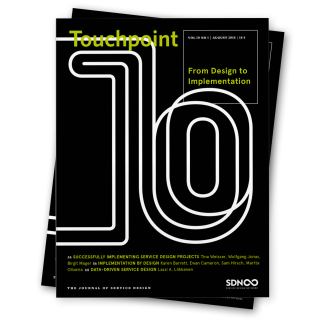
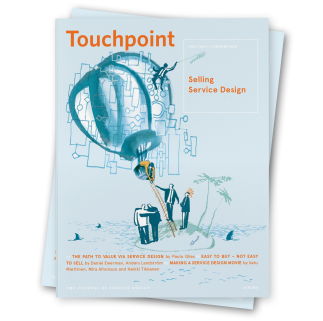
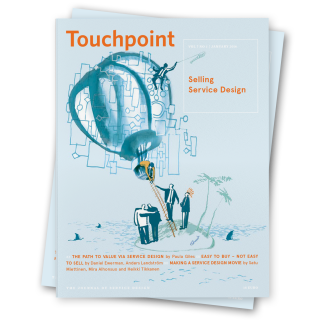
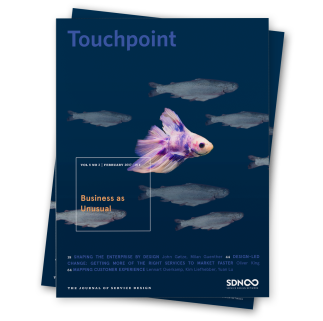
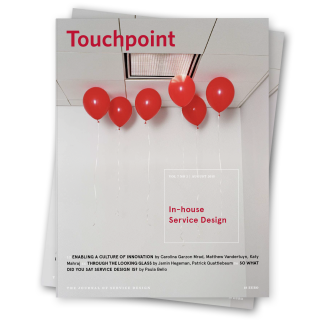


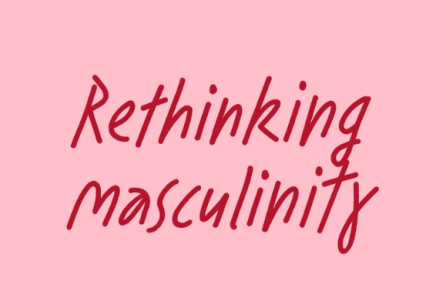
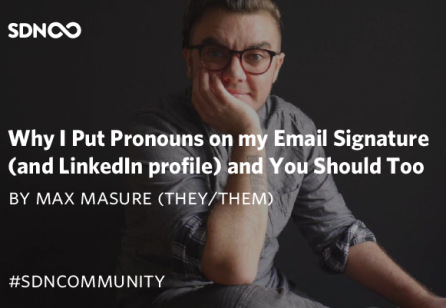

Share your thoughts
0 RepliesPlease login to comment